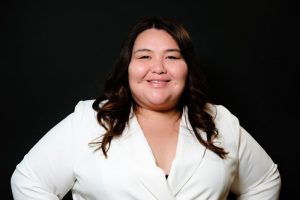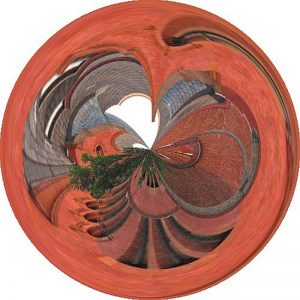October 10, 2011; Source: National Committee for Responsive Philanthropy | Current arts grantmaking overlooks large segment of cultural practice, and as a result, large segments of the American public according to a new report by the National Committee for Responsive Philanthropy. Highlighting the fact that about 11 about percent of total foundation giving, $2.3 billion in 2009, goes to arts and cultural organizations, the report “Fusing Arts, Culture and Social Change: High Impact Strategies for Philanthropy” indicates that “distribution of these funds is demonstrably out of balance with our evolving cultural landscape and with the changing demographics of our communities.” Although the report asserts that innovative work is being done in the arts that gives voice to new artistic traditions, it concludes that only 10 percent of grant support with “a primary or secondary purpose of supporting the arts explicitly benefit underserved communities, including lower-income populations, communities of color and other disadvantaged groups.”
The report draws on 2010 Census data to emphasize the country’s rapid population diversification over the past ten years. As examples, the report points to growth in the country’s Latino, Asian, non-white and immigrant populations. In addition, the report notes that among American children, the multiracial population has increased by 50 percent, and is now the country’s fastest growing youth group. The report also emphasizes that the number of people living in impoverished neighborhoods is growing and already exceeds 25 percent in Detroit, Cleveland, Miami and Philadelphia. In rural areas poverty rates exceed 35 percent in parts of Appalachia, the Inland Empire of California, the rural West and Native American reservations.
As a hopeful sign in spite of recent funding decreases, NCRP points to the “enormous increase” in arts and cultural organizations over the past twenty years as a “testament to the universal desire for arts and culture in every community.” Still, the report recommends that funders work to create a more comprehensive story for arts philanthropy in the U.S, and rather than “building institutions, and preserving or creating artistic objects and products,” funders instead look at strengthening people and communities through artistic processes.
Sign up for our free newsletters
Subscribe to NPQ's newsletters to have our top stories delivered directly to your inbox.
By signing up, you agree to our privacy policy and terms of use, and to receive messages from NPQ and our partners.
For example, the Social Impact for the Arts Program at the University of Pennsylvania is now working on a mapping database that will allow funders and residents “to monitor growth in creative assets and determine their civic, economic and social impacts” within communities. Mark Stern, a professor at Penn said the goal is to show how art “mobilizes communities, (and) turns neighborhoods into places of interest to their residents and to visitors to the city.” That seems to be the kind of tool that funders might be able to use to respond to the NCRP challenge.—Anne Eigeman













